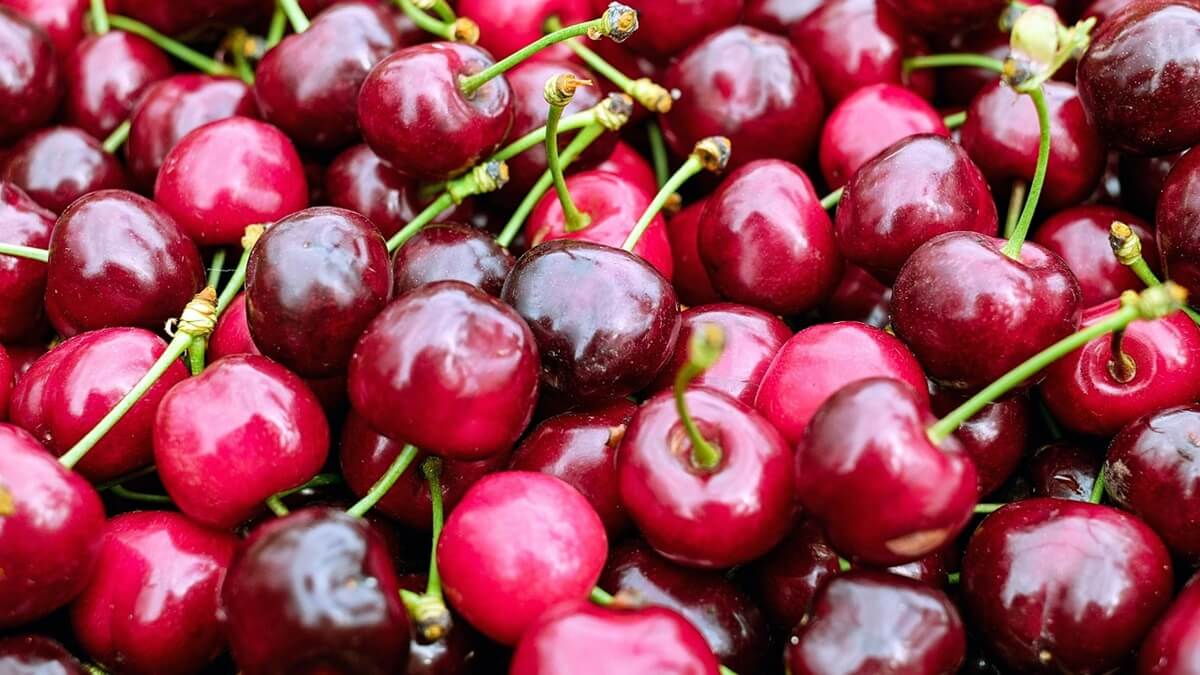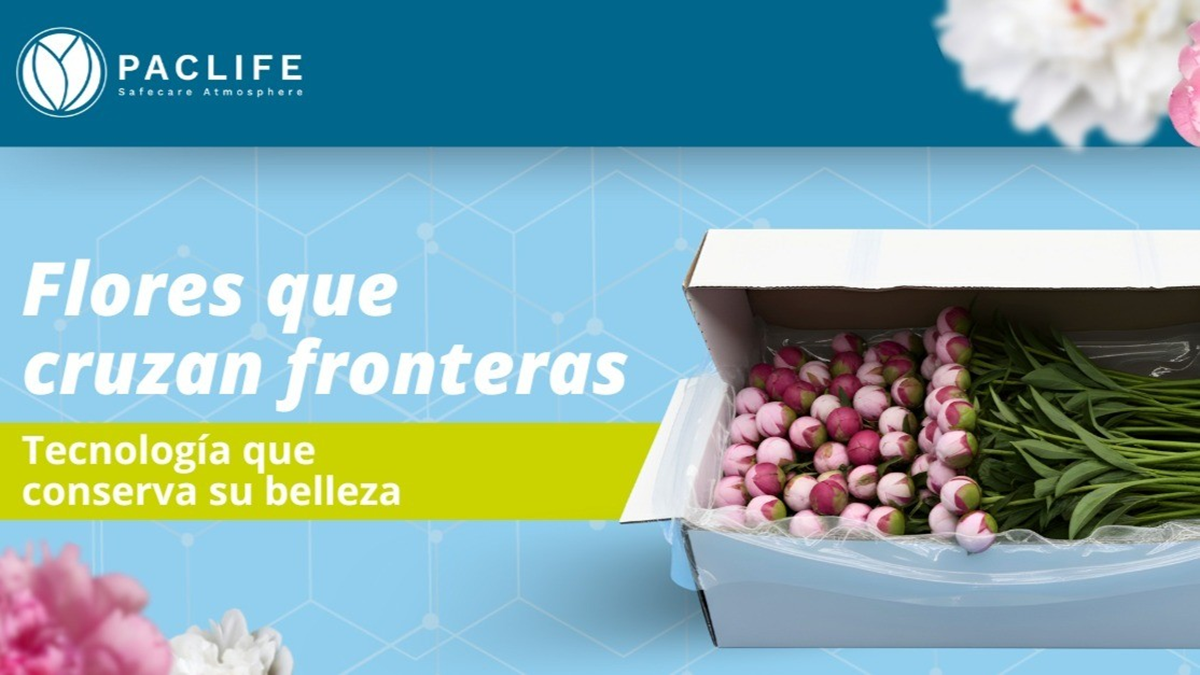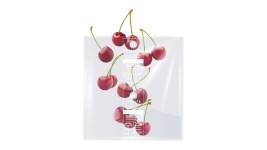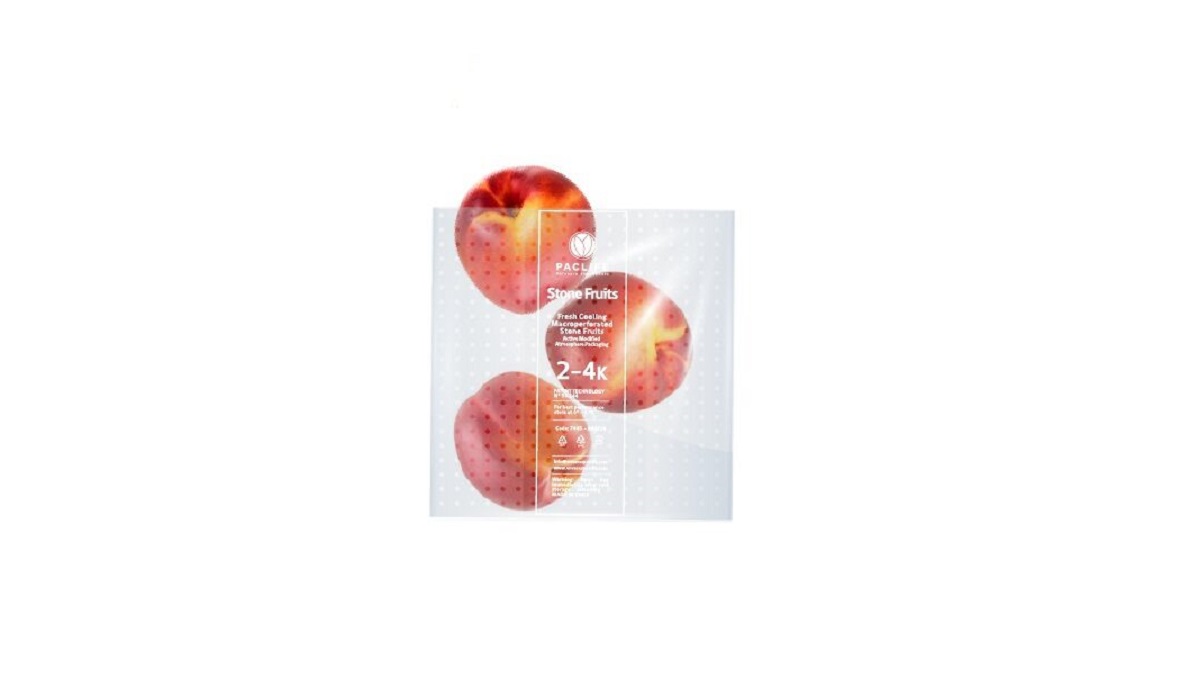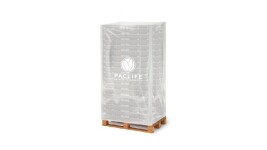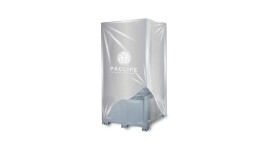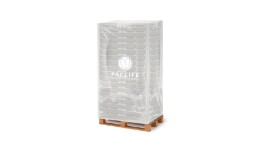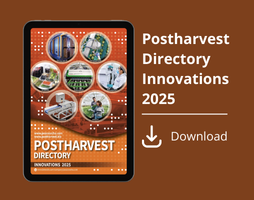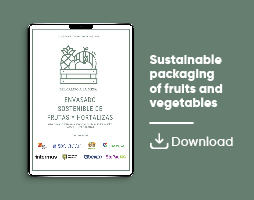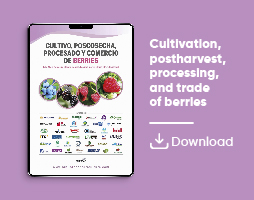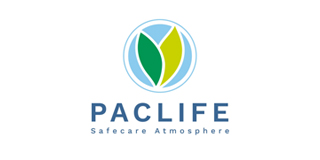

Paclife
Packaging
The Postharvest Revolution of Stone Fruit: A Differentiated Strategy for Each Variety
By Marcela Silva, Postharvest Manager, Paclife
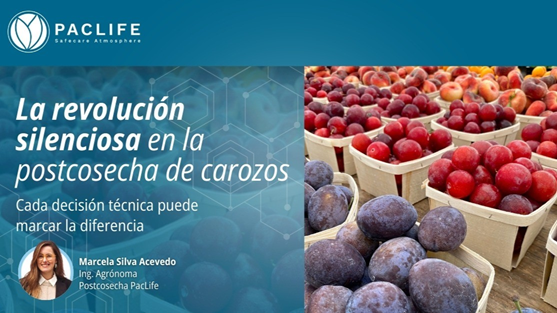
Maintaining the quality of delicate fruits like stone fruit is not a new challenge, but adapting to the changing demands of a globalized market such as the Asian market certainly is. The recent technical-commercial tour of Paclife in China (March 2025) provided a clear lesson: there is no one-size-fits-all solution for postharvest. The smart combination of technologies, tailored to each fruit type, is key to ensuring competitiveness and commercial success.
Fruits like plums, nectarines, and peaches cannot be treated under the same protocol. Each variety has particular physiological characteristics that affect its behavior after harvest. While this premise may seem obvious, the reality of the market shows that generalized handling methods still prevail and negatively impact final quality. At Paclife, we have studied parameters like respiratory rate and ripeness in different stone fruit varieties, and the results are clear: differentiated handling is not just advisable, it is essential.
In demanding markets like Jiangnan, Guangzhou, where product turnover is fast and the competition from Australian or New Zealand fruit is fierce, there is no room for error. Chilean fruit must not only arrive with good flavor and firmness but also with impeccable presentation after weeks of transit. Direct field experience has allowed us to observe significant quality differences directly linked to the postharvest methods applied.
For example, in the particularly sensitive D'Agen plum variety, the best firmness, color, and flavor conditions were achieved using modified or controlled atmospheres, combining low oxygen (O₂) levels and high carbon dioxide (CO₂) concentrations. In contrast, batches packed with inadequate technologies, such as high humidity without atmospheric control or generic atmospheres, showed dehydration, loss of firmness, and browning, directly impacting their commercial value.
For the more resistant Red Phoenix plum, the use of microperforated packaging or high humidity combined with a low atmosphere favored more balanced ripening, making the fruit more attractive to the final consumer and improving its positioning in the market.
In the case of nectarines, although their export volume was smaller, a concerning quality issue emerged: excessive firmness and lack of juiciness. Observations at the destination revealed a tendency toward sour and underdeveloped flavors, highlighting the urgent need to review both the harvest point and the postharvest technologies used. Furthermore, the application of high CO₂ atmospheres proved counterproductive, leading to visible browning. This was compounded by physiological disorders caused by storage temperatures outside the optimal range.
The conclusion is clear: having advanced technology is not enough; it is crucial to apply it correctly, adapting it to each variety and stage of the process. This is the difference between fruit that sells immediately upon arrival and fruit that sits on the shelves without rotation.
At Paclife, we reaffirm our commitment to researching and developing tailored postharvest solutions, combining technologies like controlled atmospheres, packaging selection, thermal management, and specific physiological knowledge. This strategic combination not only extends the fruit's shelf life but also guarantees it reaches its destination with optimal quality and a solid, differentiated value proposition.
Because the success of exportation is not decided only in the field: it is built with every postharvest decision, with every technical adjustment. And this is, today, the silent revolution in the stone fruit sector.


